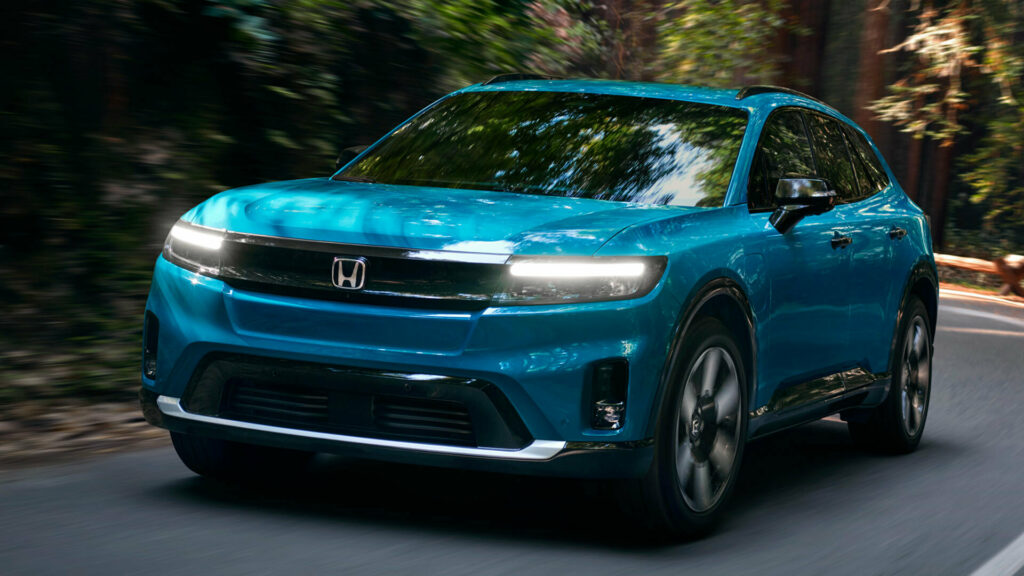Lucid Owner Hit With Surprise Bill Months After Turning In Their Lease
- Lucid lessee reports charges months after turn-in despite promised fixes.
- One driver was billed $2,400 for underbody scratches after vehicle return.
- Some have filed DFPI complaints against Lucid and the Bank of America.
Lucid sometimes offers some pretty sweet lease deals, and on paper, they can look like a solid way to get behind the wheel of an Air without the long-term commitment. But as we’ve seen more than once, there’s usually a sting in the tail. If it’s not a hefty down payment, it’s what happens when the car goes back at the end of the term.
Back in August, we reported that Lucid itself acknowledged problems with its lease return program. The process, it admitted, wasn’t consistent. Damage assessments were all over the place, and some customers ended up with surprisingly high bills for barely noticeable issues.
Ongoing Frustrations
Two months on, the situation doesn’t appear to have improved. At least two owners have come forward with worrying stories, and one has even taken the matter to regulators.
Over a week ago, one owner posted a thread on Reddit titled “Just got my excess wear report and it’s ridiculous.” Plenty of folks are upset to pay extra cash after a lease ends, but this person seems to have a really good case.
Read: Lucid Lease Customers Hit With Four-Figure Bills Over Scuffs You Can’t Even See
Photos showing the underside of the Lucid Air, along with the digital invoice from the company, reveal that the $2,400 charge was issued for scratches found on the car’s underbody panel.
We’re not talking about a panel that is torn into several pieces, features a giant hole or two, or one that is somewhat missing. No, we’re referring to the kind of scratches that almost anyone with a low-to-the-ground car would have.
The owner claims that he never had an accident or drove over anything significant, but instead that these marks are from things as innocuous as speed bumps.
“Guess we’re supposed to only drive on perfectly flat roads with no speed bumps, and make sure to ‘research’ every driveway before entering,” the frustrated owner said. Interestingly, Lucid seems to have decided not to charge for the fact that the owner’s manual was missing from the car.
Different Case, Same Pattern
This isn’t the only recent example of Lucid’s lease troubles. Another customer, who was billed $585, may have an even more compelling case. According to the owner, the Lucid representative at the lease return appointment found no damage whatsoever.
Less than two weeks later, though, a third-party company carried out a “final inspection” and identified $785 worth of wear-and-tear damage. The owner says Lucid waived $200 for a wheel, but still demanded the remaining $585.
“I just filed a complaint with the California Department of Financial Protection & Innovation (DFPI) against Lucid Financial Services and their collection agency over a bogus “excess wear & tear” charge,” they wrote in a Reddit thread.
It’s pretty clear that owners are losing faith in the brand’s lease policy. “If that’s what it’s going to be like, we’re all screwed. There’s no possible way that part doesn’t get scratched or gouged – that’s what it’s there for, to protect the rest of the undercarriage,” said one. “Up next, being charged for scratches on the inside of wheels,” said another.
For now, the ball is squarely in Lucid’s court to explain how it’s handling these lease-end assessments and what steps it plans to take to rebuild customer trust. If you’ve leased a Lucid yourself, drop your experience in the comments below, we’d like to hear how it went down.
Lucid charged me $585 for “damages” 2 weeks after I returned my lease — DFPI complaint filed
byu/Accomplished_Move637 inLUCID






















